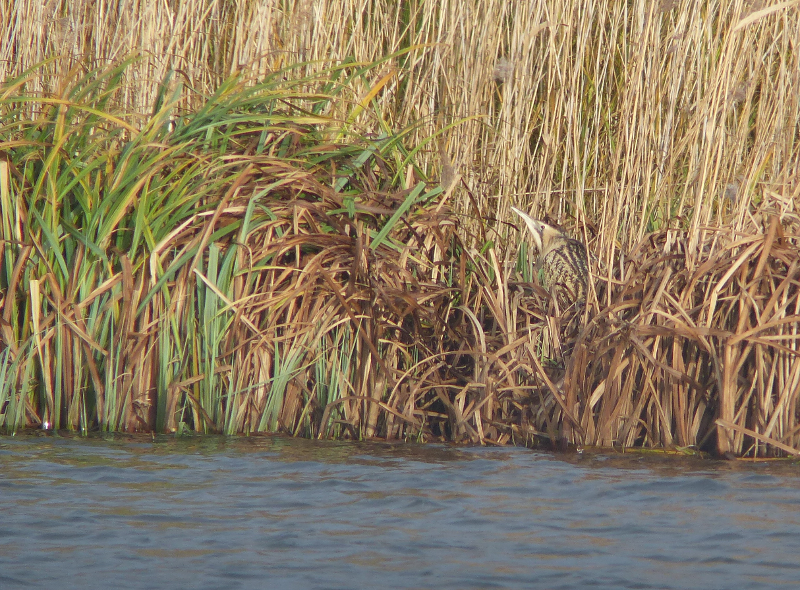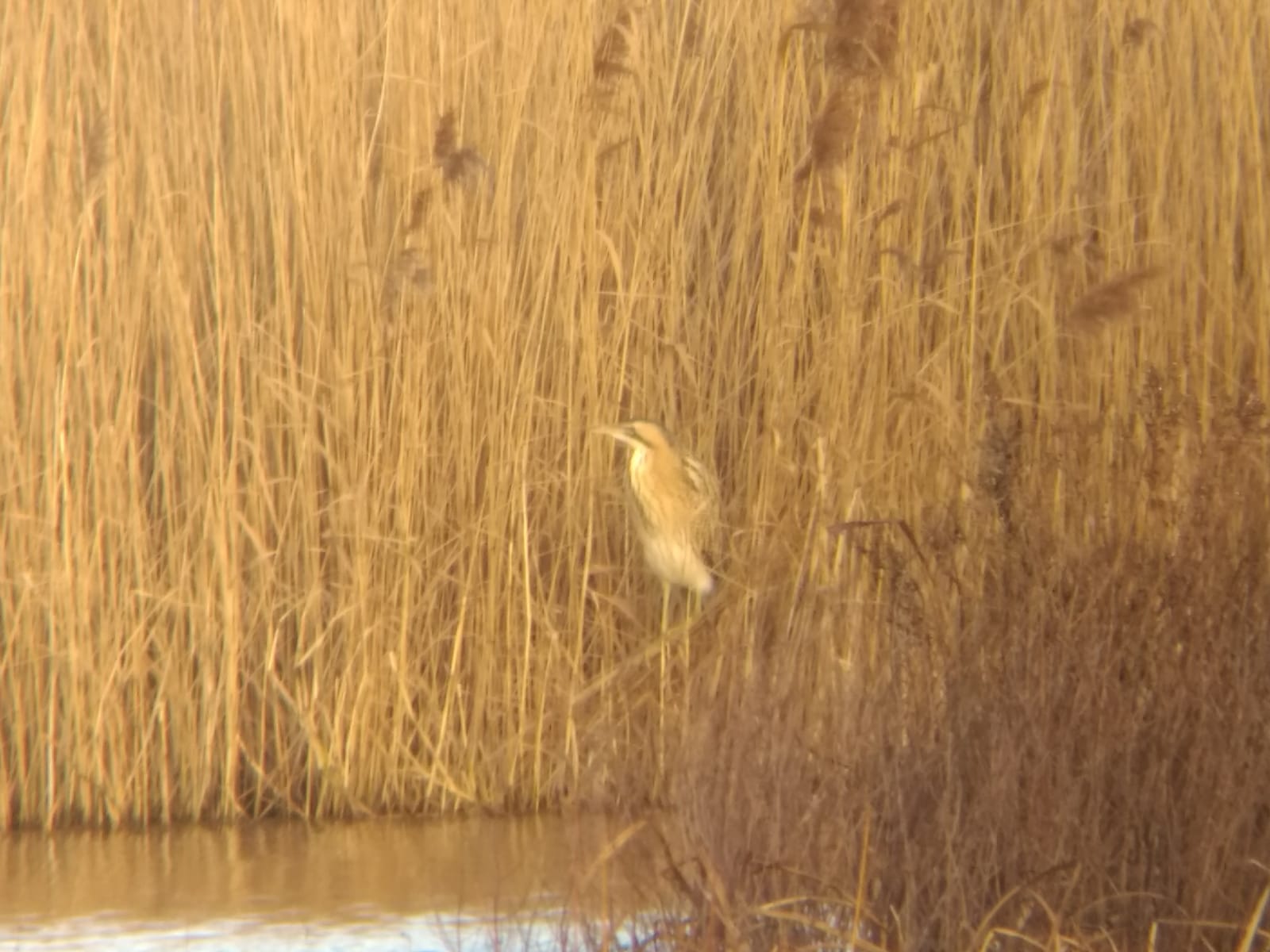Average Birding

A false start
Many birders are up bright and early on New Year's Day, eager to make a start on a new list. The best laid plans of mice and men, however...
...are often besmirched by a soul-destroying hangover, in AB1's case. The grand schemes for a visit to Barnes or Rainham were ruled out by a malaise that confined me to quarters until long after the best part of the day had departed.
This post covers birds seen between January 1st and 7th, 2018.
A walk in the park
I was escorted out of the house by AB2 around four in the afternoon for a walk around the Hampstead Heath extension and Golders Hill Park. Neither of these are tremendous sites for scarcities or rarities, but they do have some attractions in the Winter. Among the Black-headed Gulls, a reliable few Common Gulls hang - not a bad tick, given their inapt naming. The Heath extension yields some excellent views of Redwing, and a Great Spotted Woodpecker made a quick flypast as we reached the end of the extension and turned towards GHP.
The walk around GHP is hard work; I am struggling to keep my eyes open when I should be interrogating the flocks of small birds for any signs of a Goldcrest (or possibly even a Firecrest). A little band of Long-tailed tits flops across the path; something amongst them is considerably chunkier; a finch rather than a tit. The usual suspects don't match - this is a flecked grey bird with some green hints. My unwilling brain loads up the 'less usual' finches datafile and offers up "female Siskin?". The light is fading almost as fast as my ability to stay upright; a consultation of the bird book before the mental image confirms a wholly unexpected little treat to the first day's list.
A walk in the woods
The week passes without any helpful species displaying themselves to me on the cycle to work; daily sightings of Parrot Crossbills in Broxbourne Woods frustrate me as I sit at work, wondering if they will hang on until the weekend.
I manage to sell AB2 a wintry walk in the woods (at the weekend). We link up with a train to Bayford and set off in search of crossbills from there. I am pleasantly surprised by the amount of birdlife before we even get near - the scenery is remarkable for a place only forty minutes out of London.
A quick trot through Brickendon deposits us at the start of a footpath towards the area of the woods where the crossbills have been seen, but we get distracted by a noisy flock of colourful Siskins having a drink at a small pond. Delightful. Another flock of finches commuting between some shrubs and a hedgerow turn out to be mostly Brambling; another pleasant surprise - they're a bird that might otherwise have required a more directed bit of seeking out later in the year.
With all these distractions, we're a good ninety minutes later into the woods than I'd hoped. We interrogate some serious-looking birders. The news isn't good; no-one's seen them today, and some of these folks have been in the area for several hours. We follow the directions given "keep going until you reach the crossroads" as best we can. Precisely which crossroads is given away by the cluster of well-equipped folks hanging around near it. They're clearly on full alert, but all in different directions. Another bad sign. A few more short conversations confirm that no-one's had any luck.
We hang about a bit, and our focus is rewarded. Not with crossbills, but with treecreepers and goldcrests. Seemingly everything that moves in the wood is one or the other - they seem to outnumber even the usual tit suspects today. They're both year ticks, but even if they weren't, the accessibility of them brings bit of cheer to an otherwise cold and grey pause in a wood.
One birder towards the younger end of the spectrum marches off on a brief trespass with crossbill calls emanating from his phone. We take this as a clear sign that we should be off; we've got a decent circuit ahead of us and I can already feel my stomach starting to anticipate arriving at the pub at the other end. The treecreepers and goldcrests follow us most of the way round, to our delight.
We stop in the Farmer's Boy for a late lunch, and to attempt to dry out our shoes and socks; despite our efforts, the mud has penetrated to our feet. The food is good, and the radiators effective; we head back towards the station renewed, and pick up a bonus Mistle Thrush on the golf course on the road there.
It's a successful trip; I've managed to combine a mild twitch with a decent walk, a selection of year ticks, a decent lunch and a pleasant little town. AB2 is sufficiently entertained to allow the possibility of heading to Barnes the next day.
A walk around WWT London
We arrive at Barnes (a.k.a WWT London) just after 10:30am with the bright eyes and bushy tails that should have been deployed six days previous.
Why Barnes (and not Rainham)? I'll give you a clue: it's cold, but the sun is shining, and there's only a slight breeze. Rainham might yield a Bearded Reedling or two, or maybe a Short-Eared Owl later in the day, but we're in Barnes to get a potential difficulty out of the way as soon as possible; the Bittern.

Bitterns can be elusive, but Barnes has, for me, proved quite reliable; I've seen two or three different birds on the reserve on cold winter days. Occasionally they might even be describable as confiding - once one even climbed up the front of the reed bed in beautiful sunshine as if to pose for photos. For AB2 though, they've proven a bit of a bogey species; despite multiple attempts, she's not seen one, and has started to question their existence.
Even without the Bittern, Barnes should yield most of the Winter wildfowl species - there's almost always a pair of wintering Pintail and a smattering of Shelduck. We head out on to the reserve in good spirits; there are already reports of a Bittern from the Dulverton hide. The usual plan (Wildside, then back via the visitor centre round to the Peacock tower) is put aside and we head there directly.
There's excitement in the hide as we enter; we squeeze in and set up a scope on the right-hand side and, by listening in on the more experienced voices explaining what's going on, quickly get on to the Bittern in the opposite reedbed. Well, that was easy! A few folks in the hide are struggling to locate the bird, so after having a decent look we put the scope out to public use. Our bit of public service is brought to an end a few minutes later when the Bittern unceremoniously pushes its way back into the anonymity of the reedbed. We escape before we have to explain to any newcomers what they've just missed and head towards the Peacock hide.

There have been reports of Water Pipit from here. I am doubly sceptical; firstly of my ability to discern this bird from other pipits, and secondly of its ability to stay within the parts of the reserve where I'm going to be able to pick it out. As such, not a lot of effort is extended scanning for it; the Water Pipit's existence is roundly brought into question by all concerned, and we refocus.
A pair of Peregrine Falcons nest on Charing Cross Hospital every year and, outside of breeding season, they can often be seen on a few favourite perching points. A glance through the bins finds a couple of promising-looking shapes, and a look through the scope confirms it; Peregrine Falcon is, remarkably, the first raptor of 2018. The usual Pintail pair are quickly located on the main lake to round off a productive weekend; we head home to warm up.